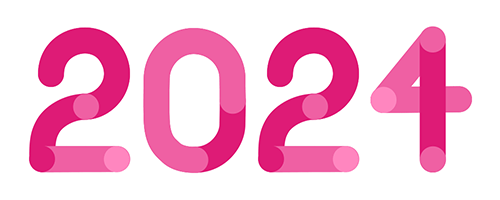Download chart
What’s happening and why?
Despite all this, advertising (as it stands) doesn’t resonate well with them. Baby boomers are the generation least likely to feel represented in ads and to report buying brands they’ve seen advertised, which makes sense.
According to research by CreativeX, the majority of older groups featured in ads appear in family or domestic settings, with less than 1% being shown in professional environments.
This means advertisers aren’t reaching the 24% of employed boomers who describe themselves as career-focused, the 35% of grocery-shopping boomers who say they like to explore the world, or the 31% of clothes-buying boomers who are interested in live events.
On the whole, the more represented consumers feel, the more responsive they are to marketing. So there are obvious benefits to businesses tweaking their approach and working to represent older generations more authentically.


























